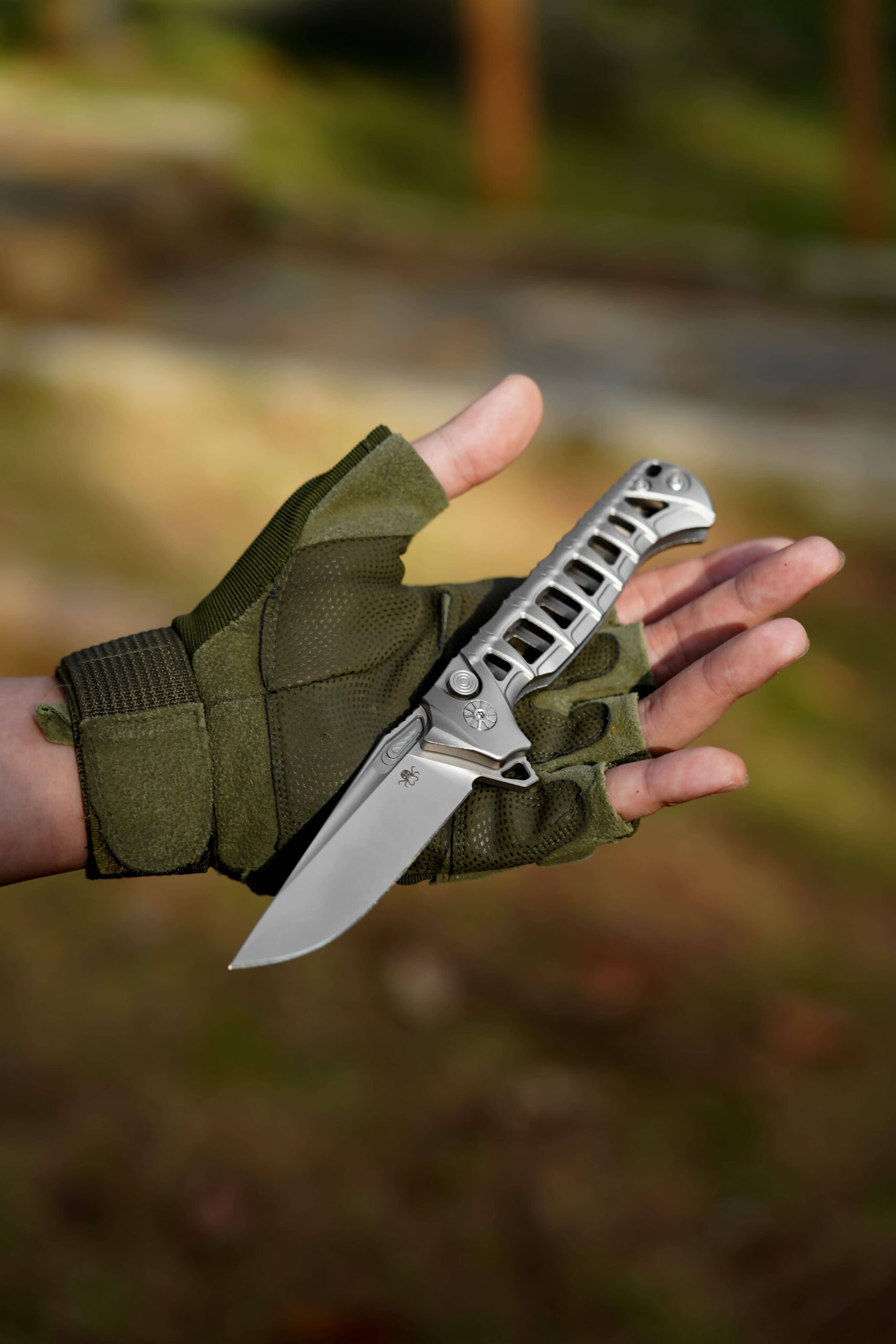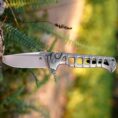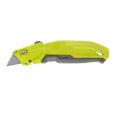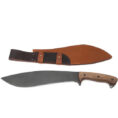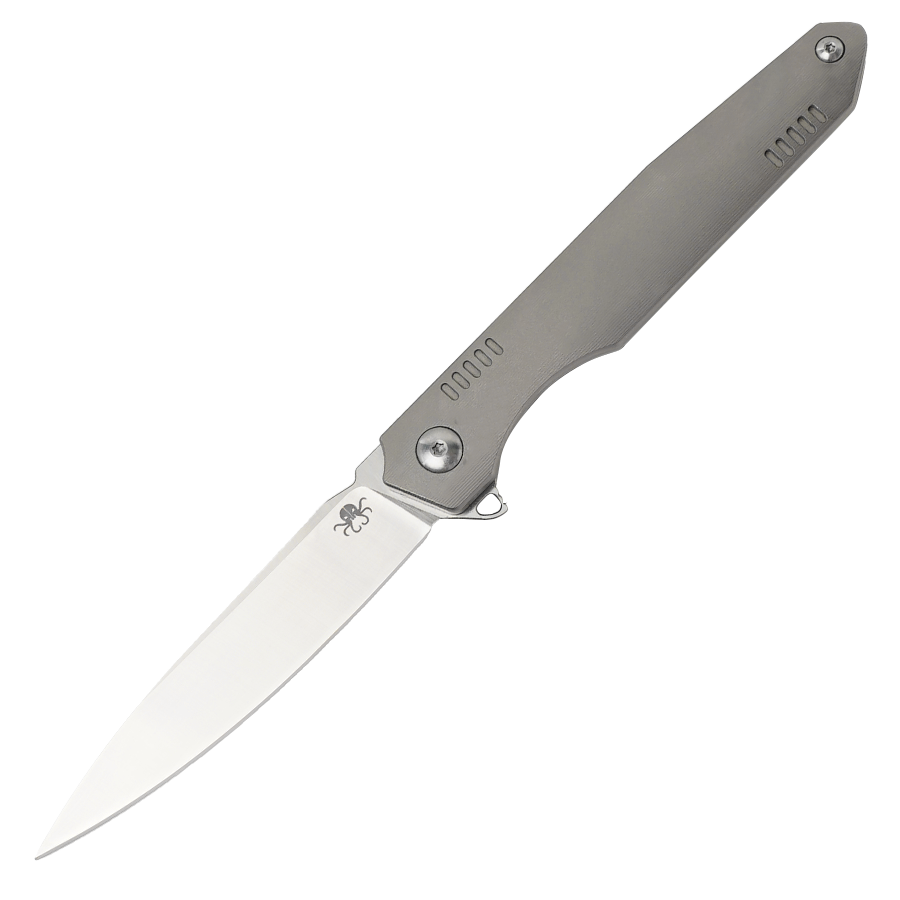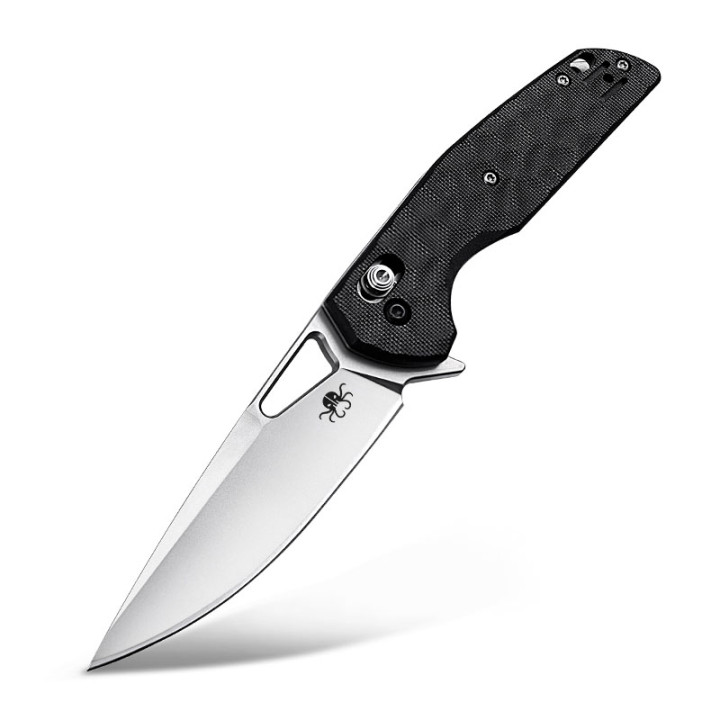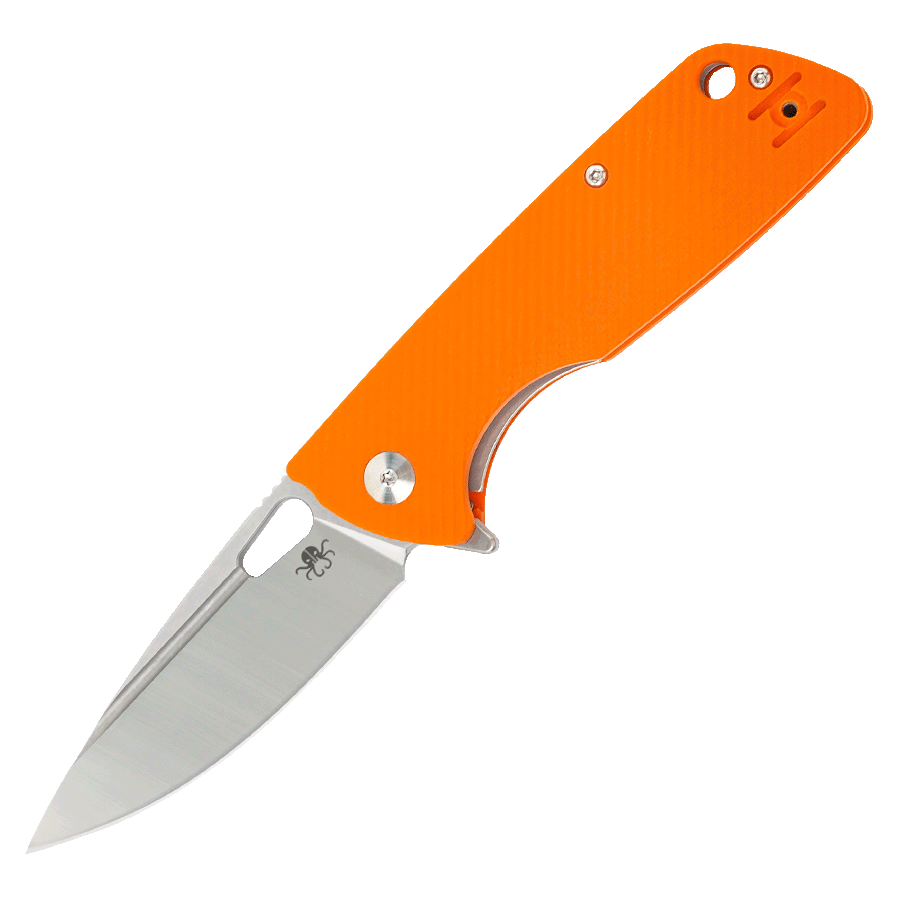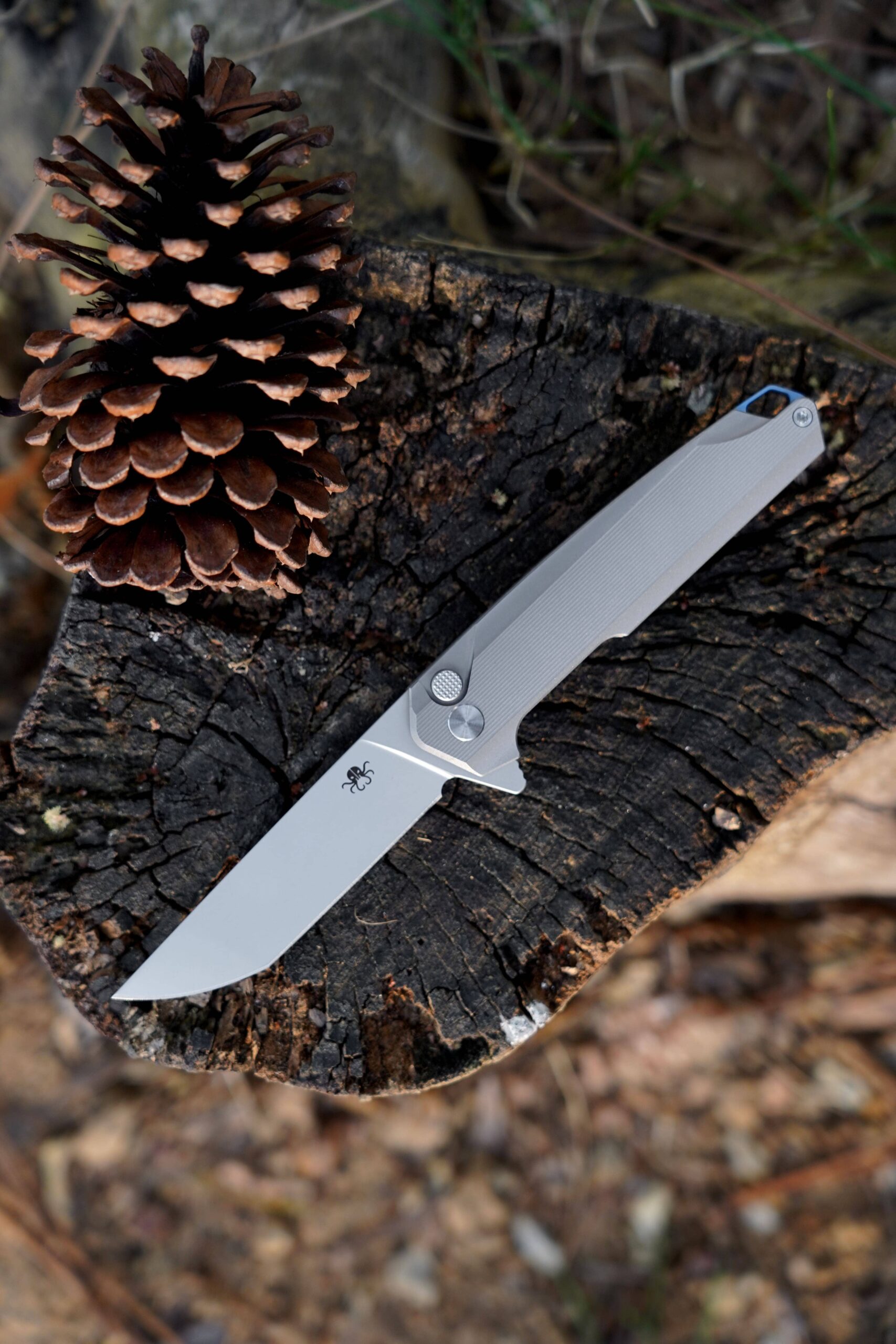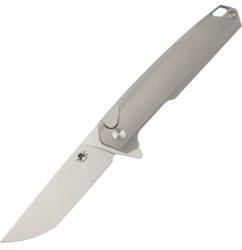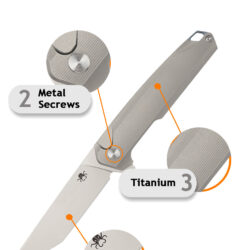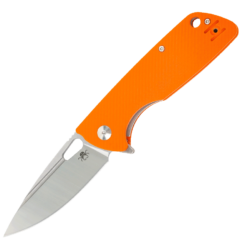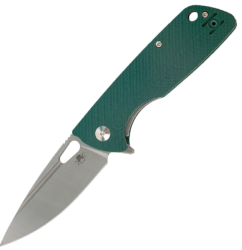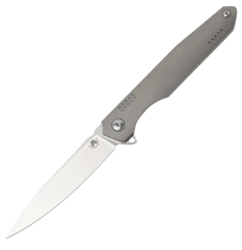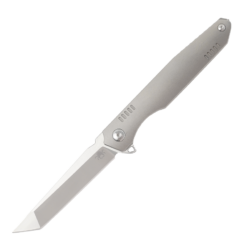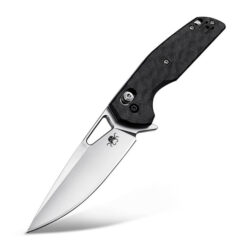Survival Must-Haves: Knives That Save Lives in the Wild
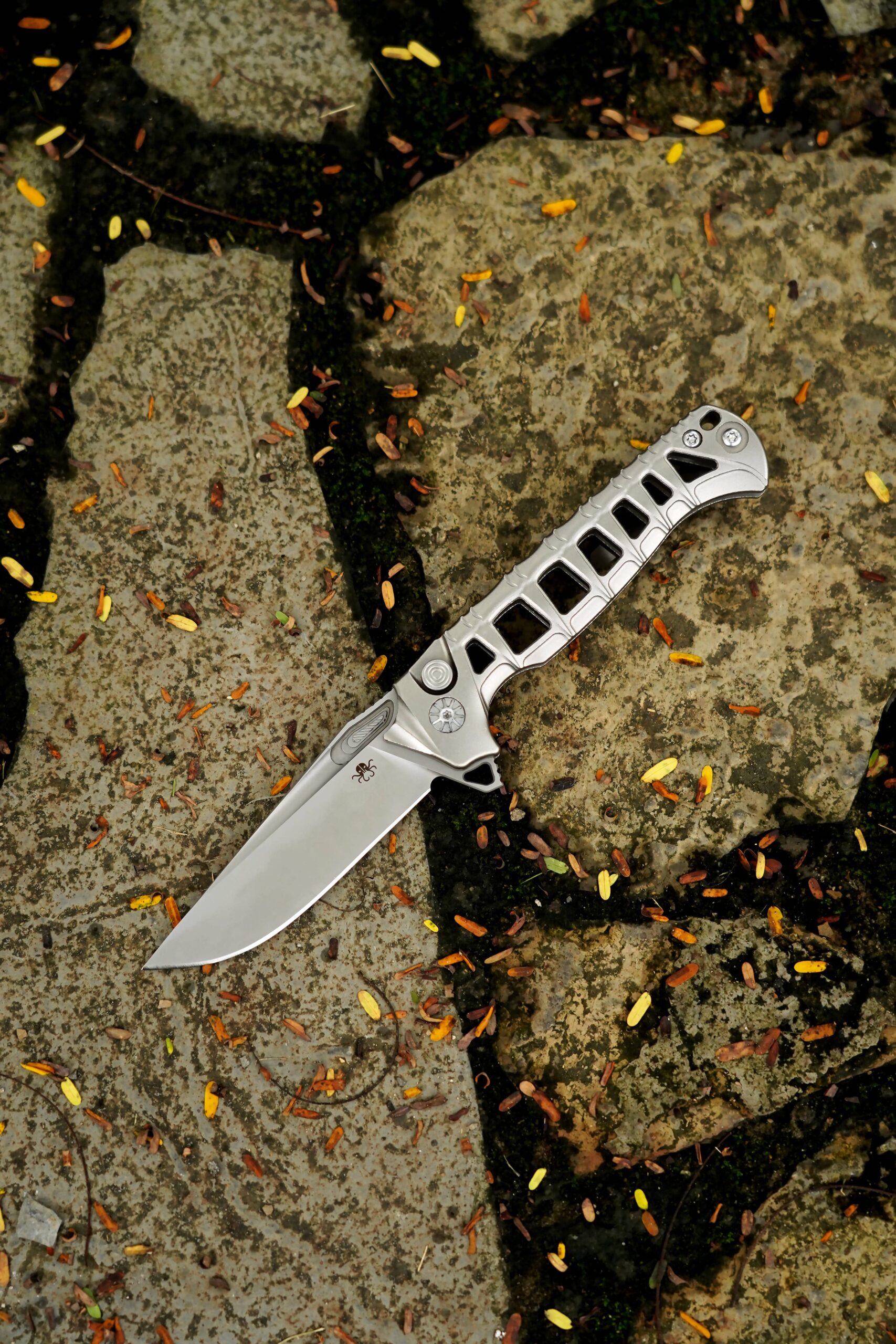
When venturing into the wild, whether for camping, hiking, or survival training, having the right tools can mean the difference between life and death. Among these tools, a reliable survival knife reigns supreme. Designed to handle a variety of tasks, from shelter building to food preparation, survival knives are indispensable for outdoor enthusiasts. This comprehensive guide will explore what makes a great survival knife, the types available, and how to choose one that suits your needs.
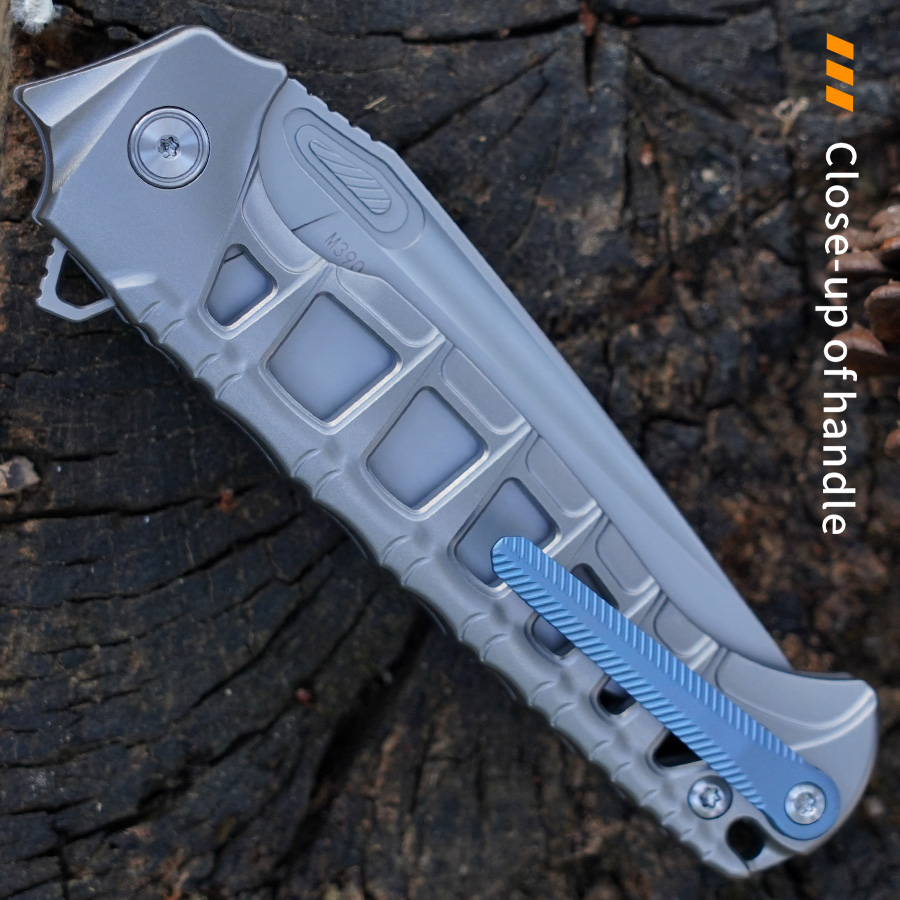
Chapter 1: Why Survival Knives Matter
A survival knife is not just a tool; it’s a lifeline. Understanding its importance can help you prioritize it in your survival kit.
1.1 Versatility in the Wild
Survival knives are designed for multi-purpose use. They can:
Cut wood for shelter and firewood.
Prepare food by slicing meat and vegetables.
Carve tools like spears and traps.
Perform first aid tasks, such as cutting bandages or fabric.
Serve as a self-defense weapon against wild animals.
1.2 A Symbol of Preparedness
Carrying a survival knife signifies readiness for unforeseen situations. It’s a tool that embodies resilience and resourcefulness.
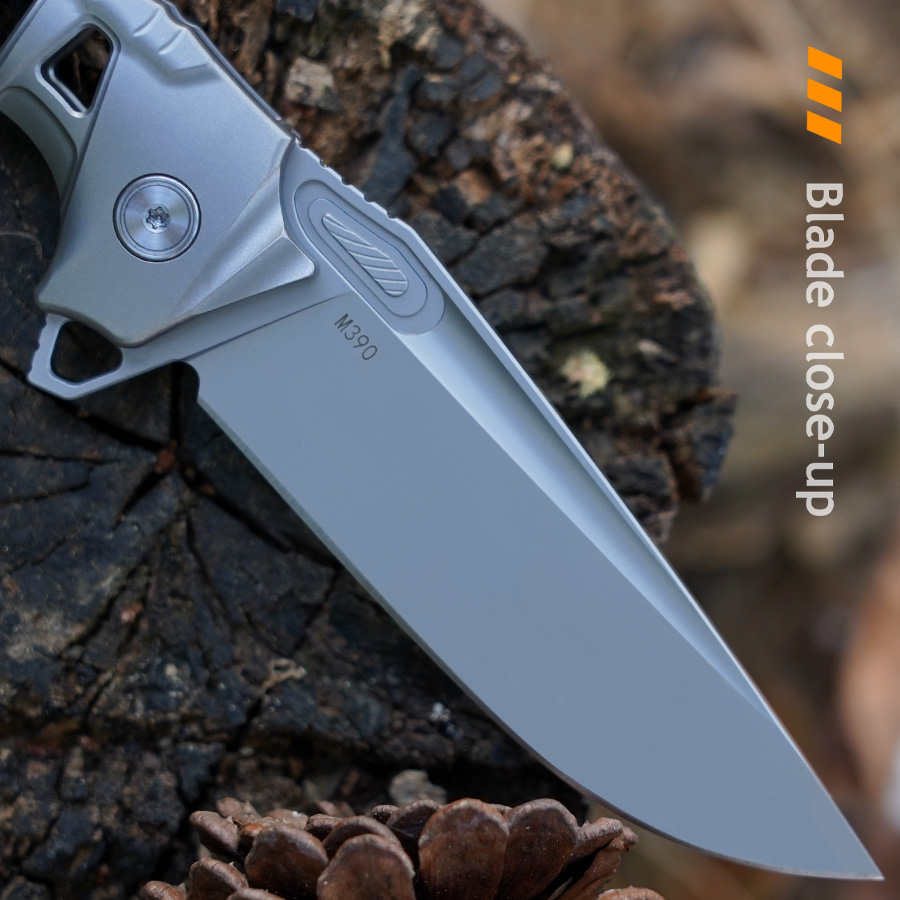
Chapter 2: Anatomy of a Survival Knife
Understanding the anatomy of a survival knife is crucial for selecting the right one. Each component plays a specific role in its functionality.
2.1 Blade
The blade is the heart of the knife. Key considerations include:
Length: Typically between 4 and 10 inches for survival knives.
Material: High-carbon steel, stainless steel, or tool steel for durability and edge retention.
Edge: Straight edges are versatile, while serrated edges excel in cutting fibrous materials.
2.2 Tang
The tang is the portion of the blade that extends into the handle:
Full Tang: Offers maximum strength and balance.
Partial Tang: Lighter but less durable.
2.3 Handle
The handle should provide a comfortable and secure grip:
Materials: Rubber, G10, Micarta, or wood for varying levels of durability and comfort.
Ergonomics: Textured surfaces and finger grooves enhance grip.
2.4 Pommel and Guard
Pommel: Can be used for hammering or as a glass breaker.
Guard: Protects the hand from slipping onto the blade.
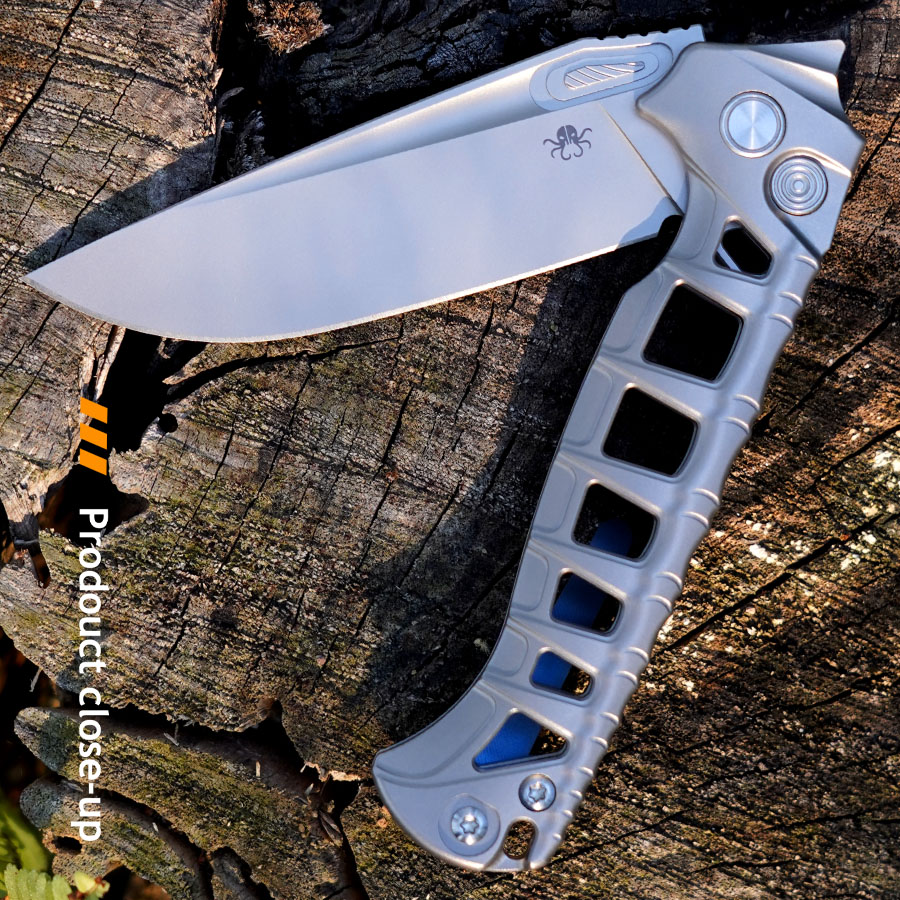
Chapter 3: Types of Survival Knives
There are various types of survival knives, each tailored to specific tasks and environments.
3.1 Fixed-Blade Knives
Pros: Stronger and more reliable for heavy-duty tasks.
Cons: Bulkier and less portable.
Best For: Bushcraft, hunting, and extreme survival scenarios.
3.2 Folding Knives
Pros: Compact and easy to carry.
Cons: Less durable due to moving parts.
Best For: Everyday carry (EDC) and light survival tasks.
3.3 Multi-Tools
Pros: Versatile with additional tools like pliers, screwdrivers, and saws.
Cons: Less effective as a dedicated survival knife.
Best For: Urban survival and light-duty tasks.
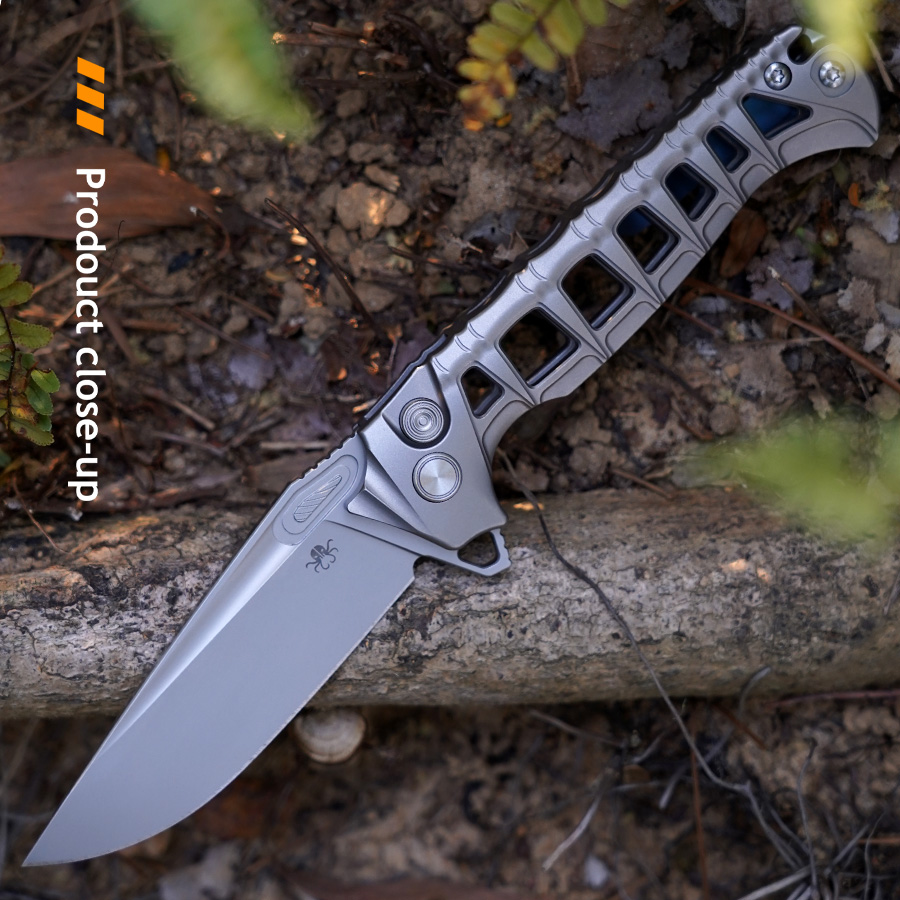
Chapter 4: Blade Materials and Their Importance
The material of a knife blade significantly affects its performance. Here are the most common materials used in survival knives:
4.1 High-Carbon Steel
Pros: Excellent edge retention, easy to sharpen.
Cons: Prone to rust without proper care.
Best For: Heavy-duty tasks and bushcraft.
4.2 Stainless Steel
Pros: Corrosion-resistant, low maintenance.
Cons: Slightly harder to sharpen.
Best For: Wet environments and general-purpose use.
4.3 Tool Steel
Pros: Extremely tough and durable.
Cons: May require frequent maintenance.
Best For: Extreme conditions and heavy-duty tasks.
.jpg)
Chapter 5: Blade Shapes for Survival
Blade shape determines a knife’s functionality. Here are the most common blade shapes and their uses:
5.1 Drop Point
Description: A convex curve that provides strength and versatility.
Best For: General-purpose tasks like slicing and carving.
5.2 Clip Point
Description: A concave curve that creates a sharp, controllable tip.
Best For: Precision tasks and piercing.
5.3 Tanto
Description: A strong, angled tip with excellent piercing capability.
Best For: Tactical and self-defense use.
5.4 Spear Point
Description: Symmetrical shape with a strong tip.
Best For: Piercing and thrusting tasks.
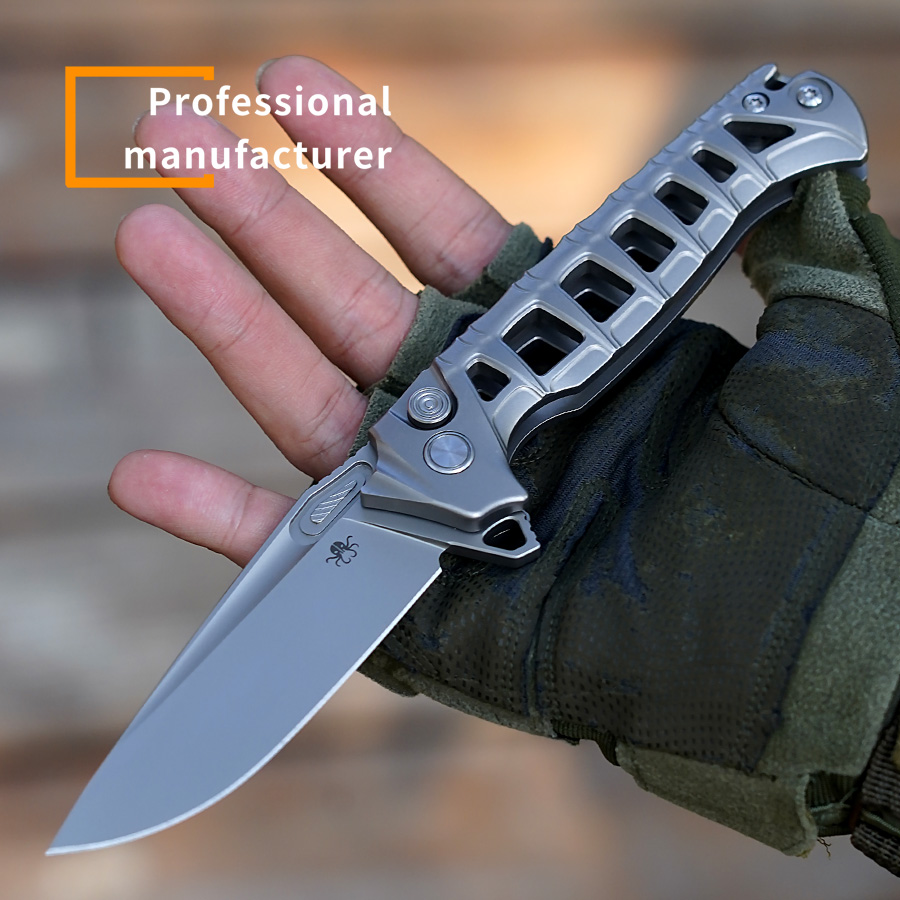
Chapter 6: Essential Features of a Survival Knife
Not all survival knives are created equal. Look for these essential features:
6.1 Full Tang Construction
Provides maximum strength and prevents breakage under stress.
6.2 Durable Handle
Handles made from materials like G10 or Micarta offer excellent grip and durability.
6.3 Versatile Blade
A straight-edged blade with a partial serration can handle a wide range of tasks.
6.4 Sheath
A quality sheath ensures safe and convenient carry. Look for:
Material: Leather, nylon, or Kydex.
Attachment Options: Belt loops, MOLLE compatibility, or neck carry.
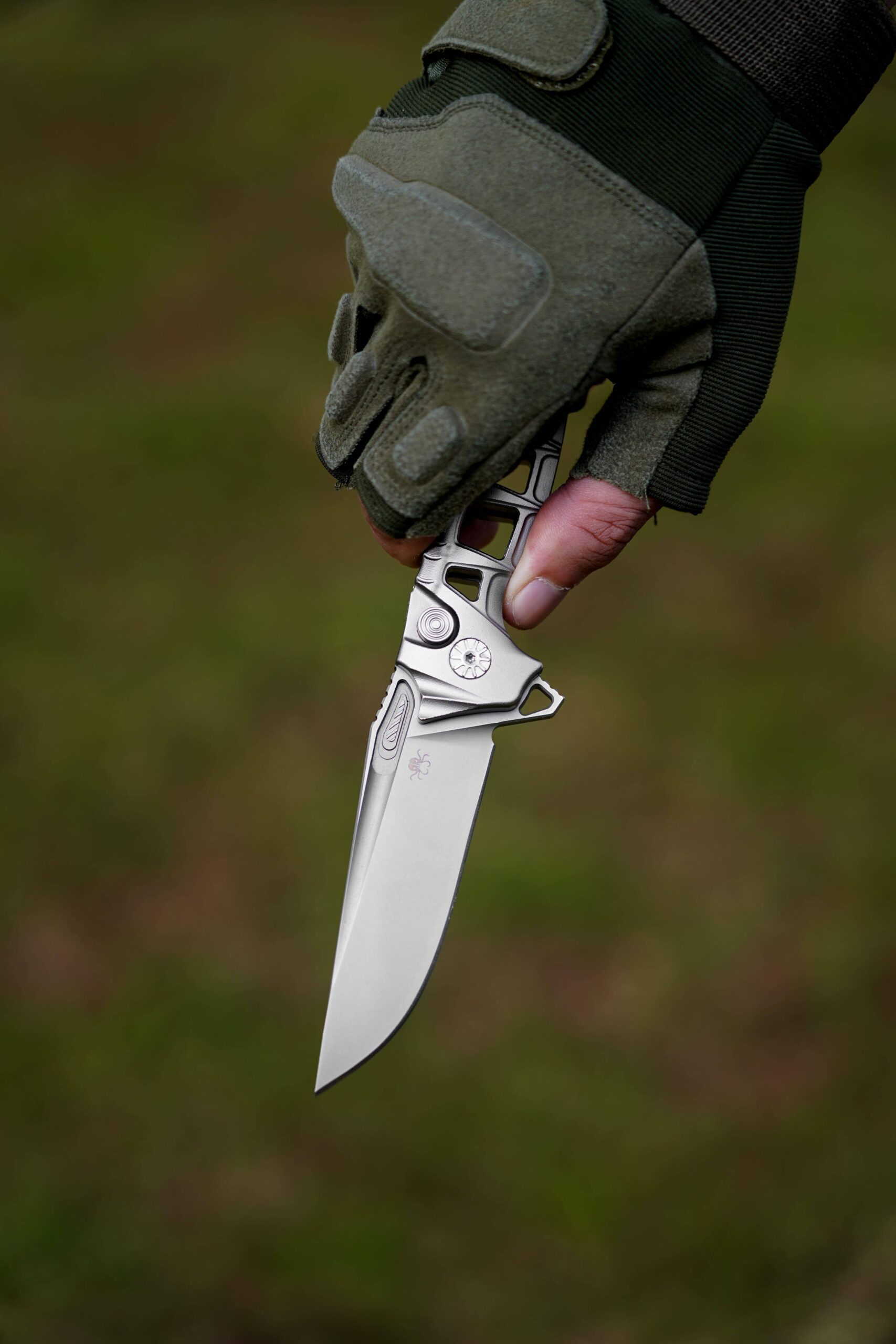
Chapter 7: Specialized Survival Knives
Some knives are designed for specific survival scenarios:
7.1 Bushcraft Knives
Focused on woodcraft and carving.
Features a Scandi grind for precision tasks.
7.2 Tactical Knives
Designed for self-defense and combat.
Often feature tanto blades and finger guards.
7.3 Rescue Knives
Equipped with tools like seatbelt cutters and glass breakers.
Ideal for emergency scenarios.
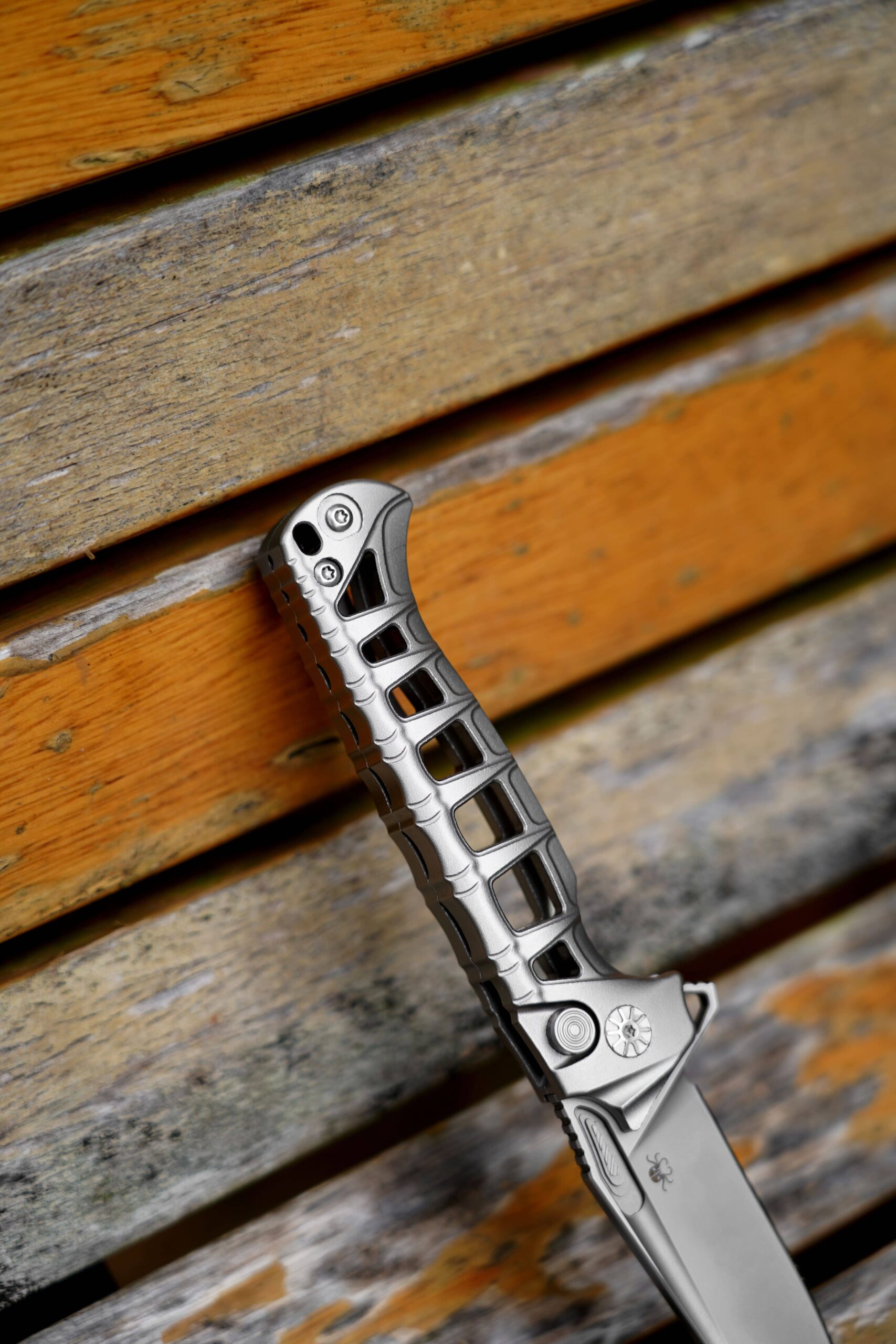
Chapter 8: Top Survival Knife Brands
When it comes to survival knives, quality matters. Here are some trusted brands:
8.1 Morakniv
Known for: Affordable yet durable bushcraft knives.
8.2 KA-BAR
Known for: Legendary USMC fighting knives.
8.3 Gerber
Known for: Versatile multi-tools and survival knives.
8.4 ESEE
Known for: Tough, no-nonsense knives built for extreme conditions.
8.5 Benchmade
Known for: High-end knives with premium materials.
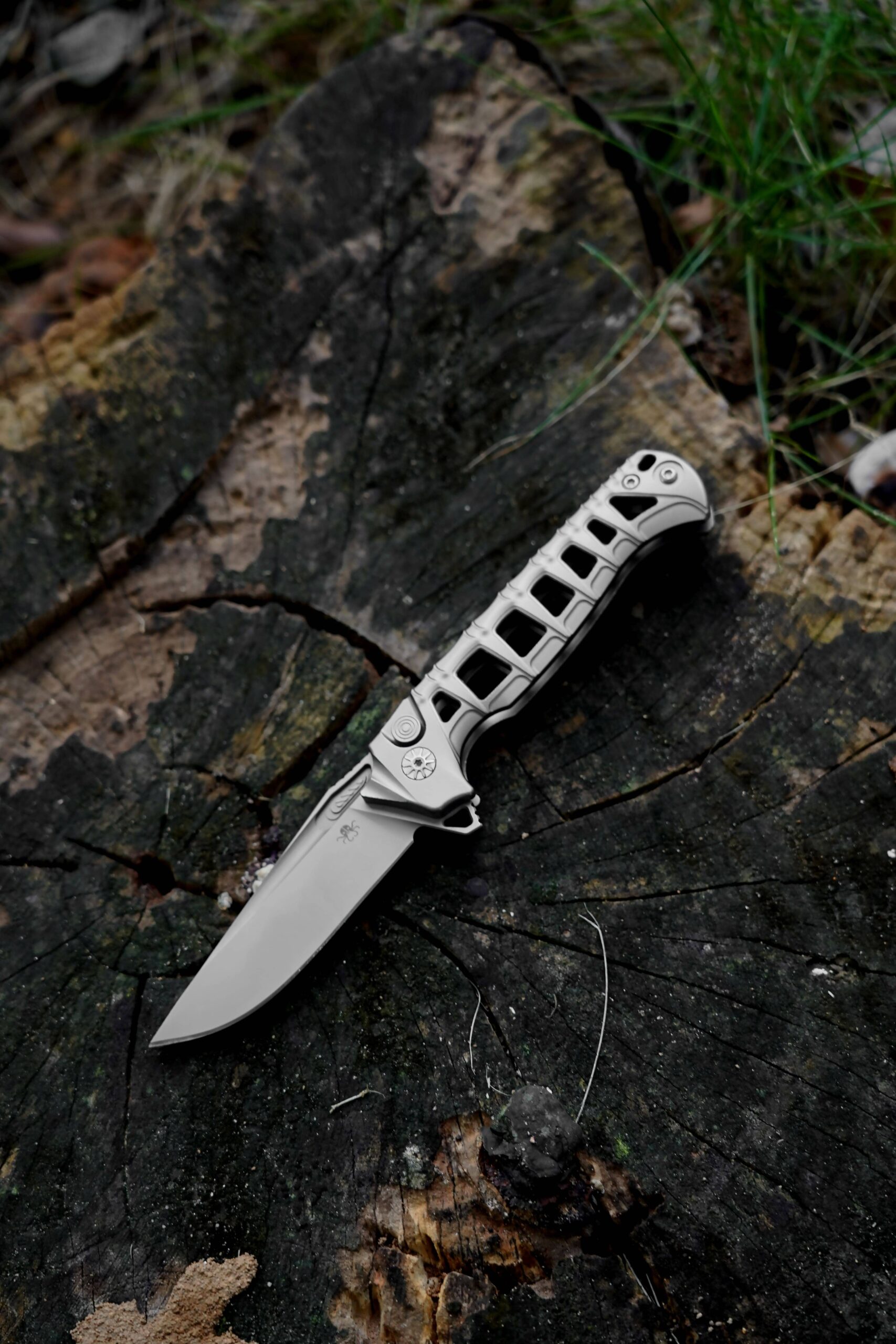
Chapter 9: Maintenance and Care
Proper maintenance ensures your survival knife remains reliable when you need it most.
9.1 Cleaning
Wipe the blade clean after each use.
Use rust-resistant oil for high-carbon steel blades.
9.2 Sharpening
Use a whetstone or sharpening system to maintain the edge.
Avoid grinding wheels that can overheat the blade.
9.3 Storage
Keep your knife dry and store it in a sheath.
Avoid prolonged storage in leather sheaths to prevent moisture buildup.
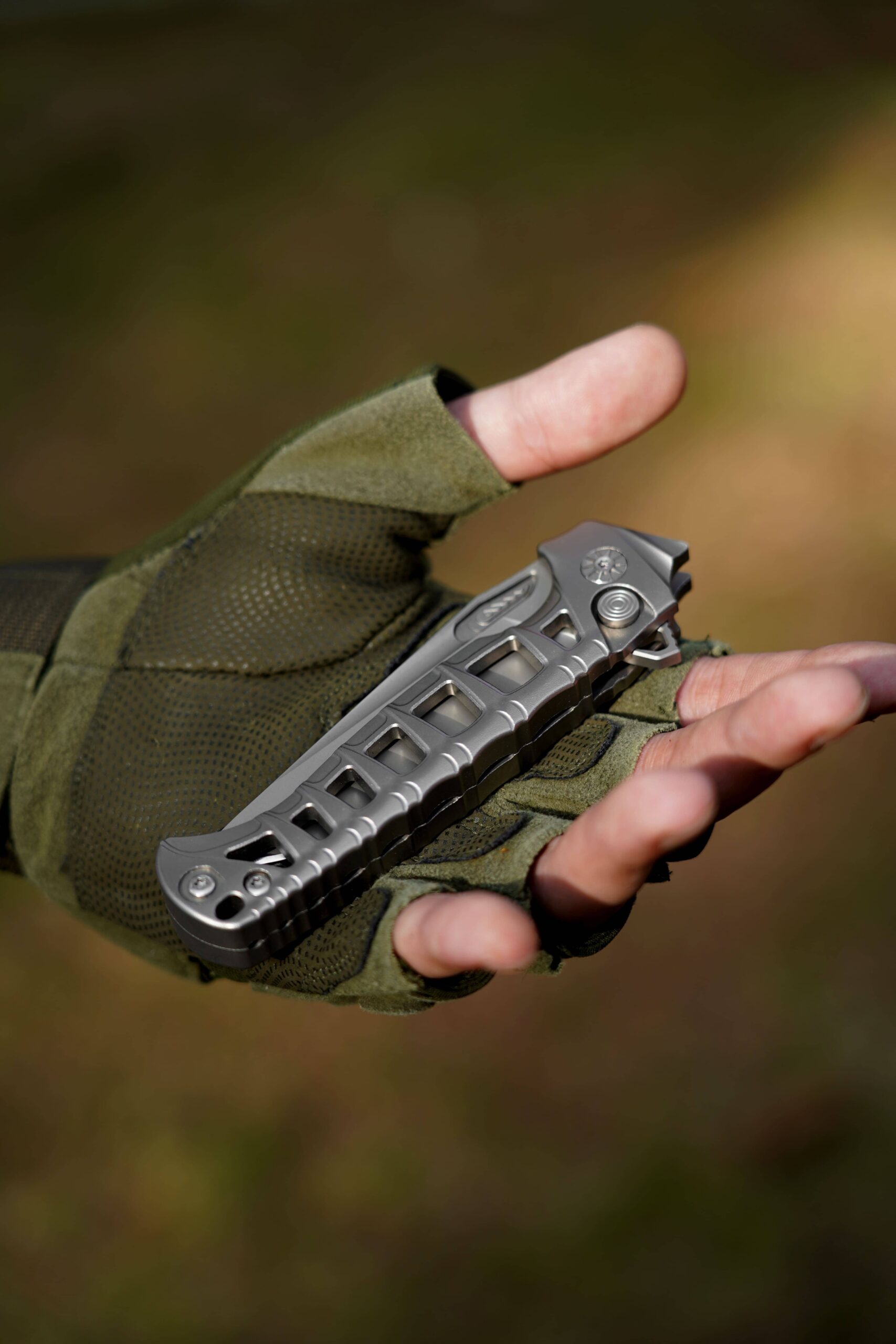
Chapter 10: Choosing the Right Knife for You
Selecting the right survival knife depends on your needs, environment, and preferences.
10.1 Assess Your Needs
Everyday Carry (EDC): Lightweight and compact folding knives.
Extended Trips: Fixed-blade knives with full tangs.
10.2 Test for Comfort
Ensure the knife feels balanced and comfortable in your hand.
10.3 Set a Budget
While quality knives can be expensive, they are worth the investment for durability and reliability.
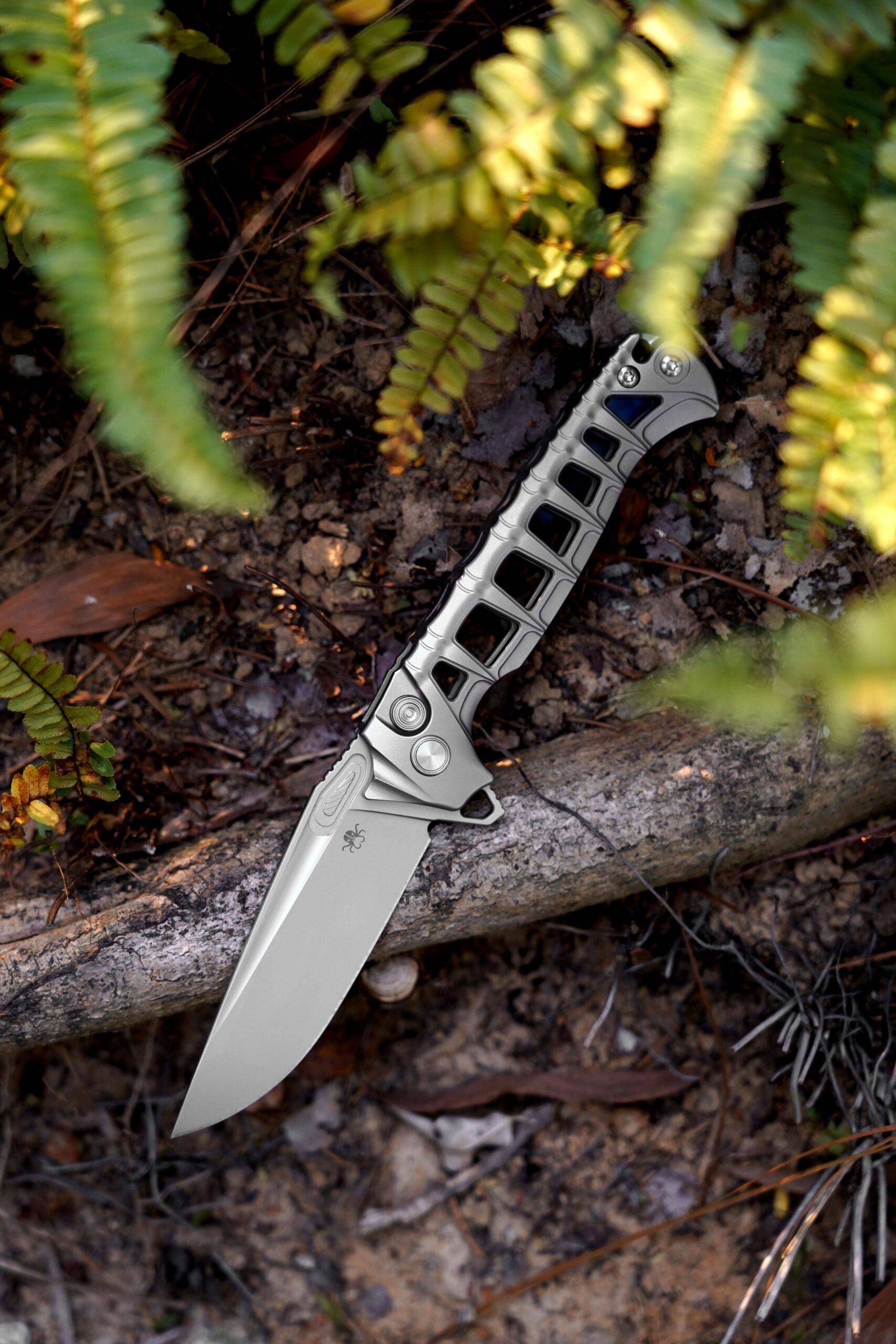
Chapter 11: Conclusion
A survival knife is more than just a tool; it’s an essential companion for anyone venturing into the wilderness. By understanding its anatomy, materials, and features, you can choose the perfect knife to meet your survival needs. Remember, the best survival knife is the one you have with you and know how to use. Equip yourself with the right tool, and you’ll be prepared to face any challenge the wild throws your way.
